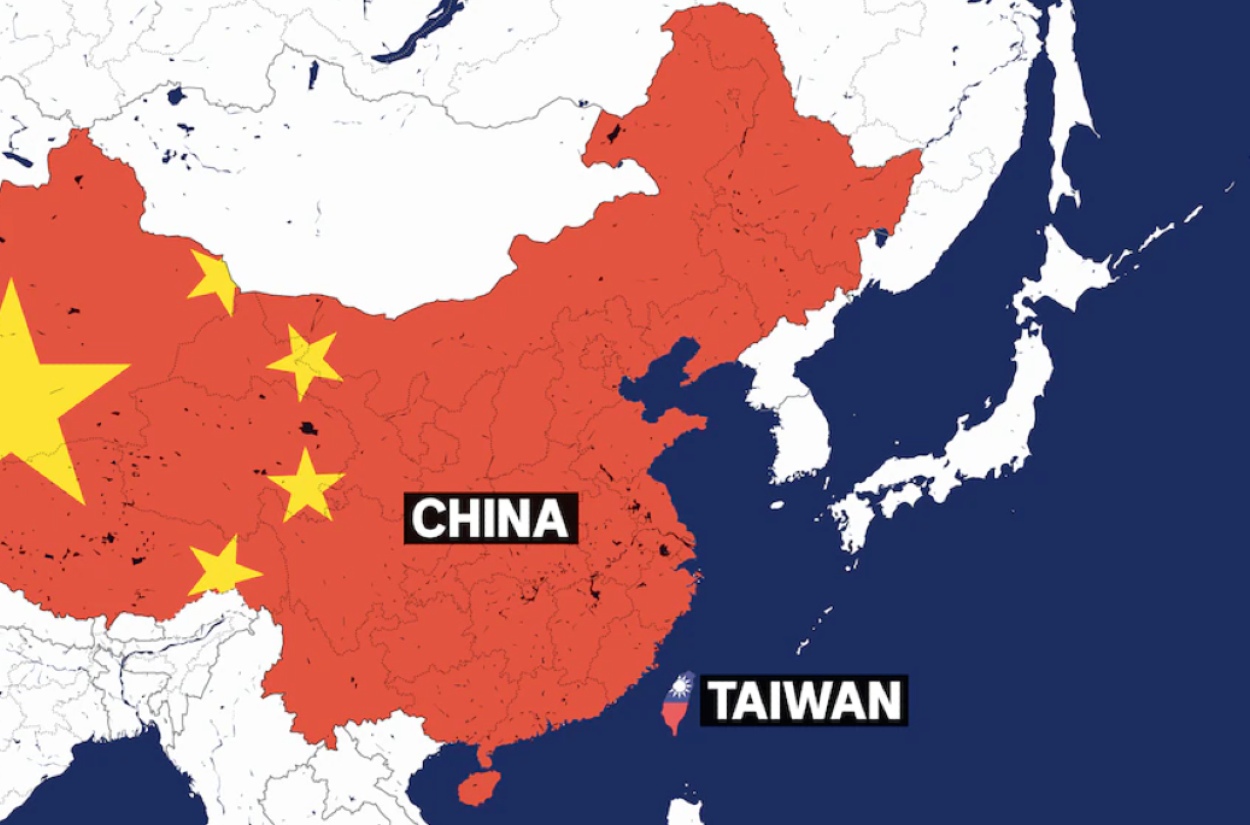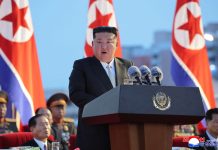A newly surfaced report from the Washington-based think tank the Center for Strategic and International Studies (CSIS) has revealed that researchers at Xiamen University have recommended Beijing prepare a “shadow government” to facilitate a rapid “regime change” in Taipei should China and Taiwan proceed with what Beijing terms “reunification.”
According to the now-deleted article, which CSIS has reviewed, the unnamed authors urged China to establish a covert administrative body ready to take over Taipei.
This “shadow government” would be tasked with ensuring a smooth transition in key areas such as education, military, trade, and other critical sectors. The plan, according to the researchers, is intended to expedite the process and mitigate disruptions in the event of Taiwan’s integration with China.
The article highlighted the urgency of these preparations in light of the rapidly shifting international landscape. It suggested that the increasing likelihood of former US President Donald Trump’s return could accelerate China’s timetable for “reunification” with Taiwan.
This scenario underscores Beijing’s concern about the potential for instability if a well-organized transition plan is not in place.
Reflecting on the unrest in Hong Kong, the report argued that the lack of adequate preparation for the transfer of power has had severe repercussions.
It further warned that Taiwan’s integration will be far more complex than Hong Kong’s 1997 handover due to the absence of a “no change for 50 years” guarantee that applied to Hong Kong under the Sino-British Joint Declaration.
The article’s timing is notable. It emerged amid growing tensions between Beijing and Taipei, with China ramping up military and economic pressure on the self-governing island.
Chinese President Xi Jinping’s administration has taken a more aggressive stance in recent years, including threats of military action and increased economic coercion.
At the Shangri-La Dialogue defense summit in Singapore earlier this year, Chinese Defense Minister Adm. Dong Jun issued a stark warning to those advocating Taiwan’s independence.
Dong denounced external interference and arms sales to Taiwan, vowing resolute measures against any attempts to undermine Beijing’s claims.
The focus on Beijing’s “gray zone” tactics, such as its maritime confrontations with the Philippine Navy in the South China Sea, further illustrates the escalating pressure on Taiwan and the broader region.
Nonetheless, the disappearance of the article also raises questions about its implications and the reasons for its removal.
An expert would did not wish to be identified told the EurAsian Times that, ideally, Beijing would like to topple the Taiwanese government without firing a bullet. Beijing may want to study how Sheikh Hasina, the ex-PM of Bangladesh, was dumped after 15 years of unopposed rule. The plotters always had the shadow government ready, which was to be led by Mohammad Yunus. Once a pro-Beijing government is installed, by hook or crook, things would not be very difficult from there.

Detailed Strategy Taiwan Reunification
Chinese researchers have outlined a comprehensive strategy for Taiwan’s potential “reunification” with China. The proposal details the creation of a “Central Taiwan Work Committee” and a “Taiwan Governance Experimental Zone” to facilitate a smooth and efficient transition should Taiwan come under Chinese control.
Central to the proposed strategy is the creation of a “Central Taiwan Work Committee,” envisioned as a “shadow government” poised to take over Taiwan if reunification occurs.
According to the Chinese authors, this body would operate with a clear and urgent objective designed to ensure effective management and integration. The committee’s structure would closely mirror Taiwan’s current governmental framework and be divided into general and specialized departments.
The general departments would be tasked with developing policies for key areas such as legal application, currency transition, infrastructure integration, customs, and the screening of military and civilian personnel.
Meanwhile, the specialized departments would focus on understanding Taiwan’s existing systems, including historical and operational specifics.

The article suggested that this dual approach aims to create a comprehensive plan for the takeover, addressing the unique challenges posed by Taiwan’s advanced economy and complex administrative structure.
The proposal includes the establishment of a Taiwan Governance Experimental Zone in addition to the Central Taiwan Work Committee. This zone is intended to simulate Taiwan’s administrative environment and test and refine governance policies before actual reunification.
Potential locations for this zone include Xiang’an District in Xiamen or Nan’an City in Quanzhou, which are geographically and culturally similar to Taiwan. The experimental zone would replicate Taiwan’s political structure and trial various policies, from electoral reforms to education systems.
This testing aims to enable rapid policy adjustments based on real-world feedback, ensuring that the governance model is effective and adaptable.
It would also serve as a training ground for cadres who will manage Taiwan post-reunification. By recruiting Taiwanese retirees and professionals, the zone intends to bridge the gap between mainland and Taiwanese administrative practices, facilitating a smoother transition.
The experimental zone also seeks to develop and demonstrate a new governance model, given that the “One Country, Two Systems” approach used in Hong Kong is now less relevant.
The focus, according to the proposal, is on creating a strong framework for Taiwan’s integration, highlighting that effective governance will be the true measure of successful reunification.
- Contact the author at ashishmichel(at)gmail.com
- Follow EurAsian Times on Google News




